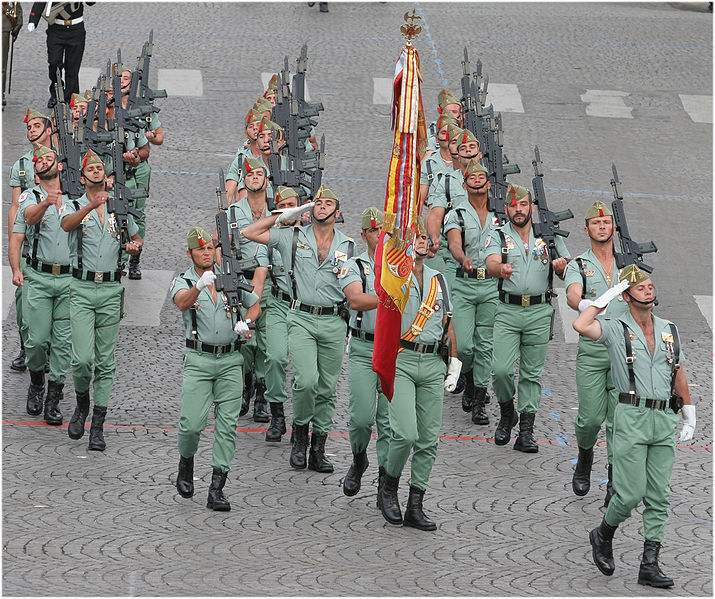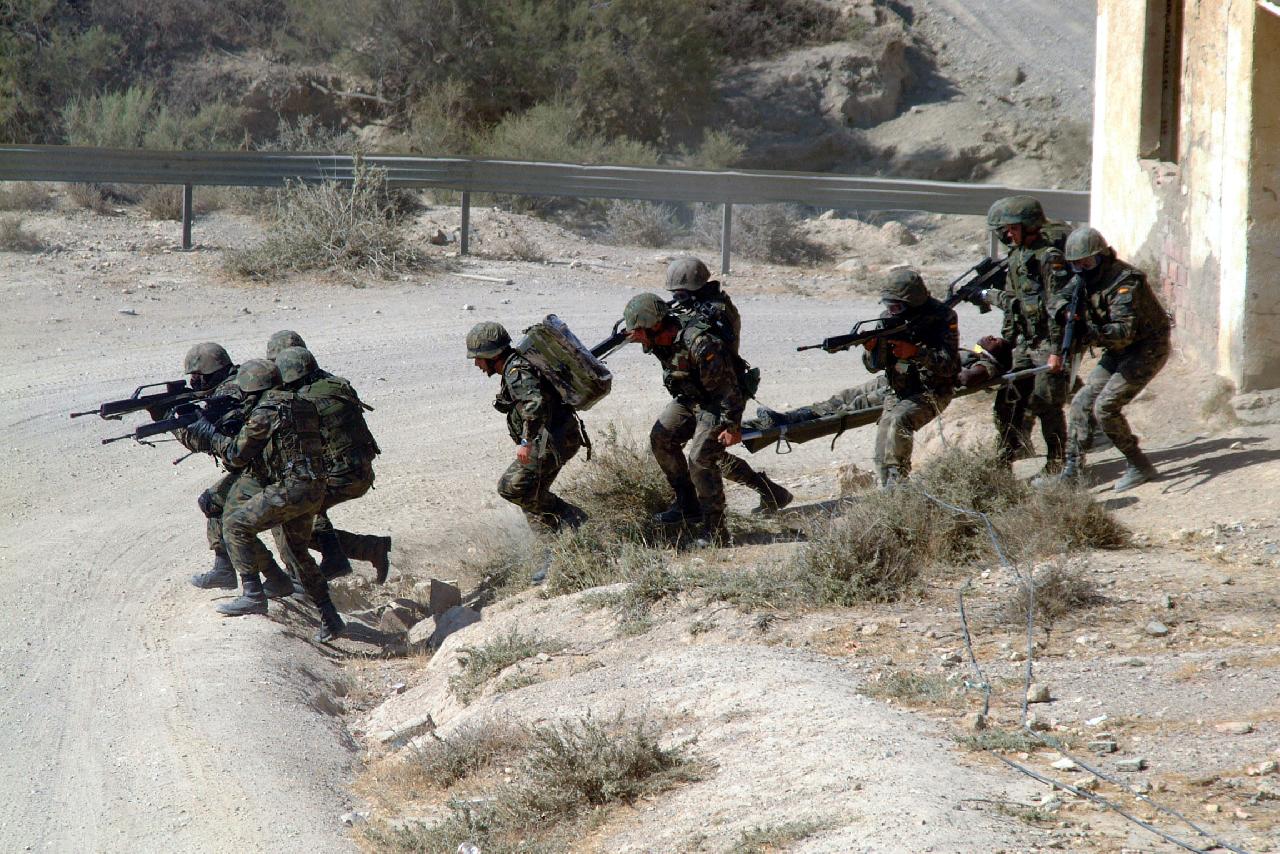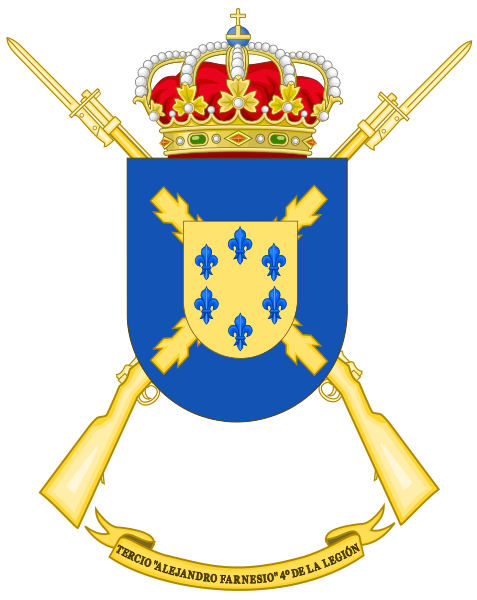The Spanish Legion, better known directly as ‘The Legion’, is a military force that was created in 1920 by José Millán-Astray with the original name of ‘Tercios de Extranjería’. It is, together with the BRIPAC (Light Parachute Infantry Brigade), one of the most reputable elite units in the Spanish Army.
Its origin takes place at a turbulent time in the history of Spain and was the result of the personal effort of the then Infantry Commander José Millán-Astray. At that time the nation had suffered great setbacks in the colonial wars in North Africa, which in turn created major unrest in the country, such as the Tragic Week in Barcelona. Commander Millán-Astray concluded that Spain needed a corps of professional soldiers, not replacements, with a morale and fighting spirit that were comparable to France’s prestigious Foreign Legion. This is how The Legion was born.
In its first stage, The Legion intervened in Morocco and in the popular uprisings in Asturias in 1934. Later it participated alongside the rebel side in the Spanish Civil War and on the Ifni-Sahara front until the Spanish retreat after the Green March.

In the 1990s, the Legion underwent a profound restructuring to improve its operation and effectiveness in combat. Since then it has become one of the military units of the Spanish Army that has participated in more combat fronts. An example of this has been his intervention in several international peacekeeping missions in different areas of the world such as Bosnia, Albania, Kosovo, Macedonia, Iraq, Afghanistan, Congo and Lebanon.
The Legion is structured into four Thirds:
- Third ‘Great Captain, 1st of the Legion, located in Melilla
- Tercio ‘Duque de Alba’, 2nd of the Legion, located in Ceuta
- Tercio ‘Don Juan de Austria’, 3rd of the Legion, located in Viator, Almería
- Tercio ‘Alejandro Farnesio’, 4th of the Legion, located in Ronda, Málaga
Since its origins, The Legion has always promoted a cult of combat and downplaying the relevance of death. This is intended to minimize the natural fear of dying, to encourage the heroic acts necessary to carry out their role as professional shock troops. This is achieved in part by instilling in its soldiers the so-called ‘legionary mystique’, symbolized in the so-called ‘Legionary Creed’.
NOW
The Legion is currently active in the foreign theaters of operations in Afghanistan and Lebanon. Due to the social movements of the last decade, it does not have the popularity of the past, but the firmness of its ideology remains intact.

The legionary knights continue training and preparing to fulfill their mission when their intervention is necessary. His soldiers are clear about it. The day the time comes, regardless of the superiority and strength of the enemy, they will be the first to arrive and shed their blood to defend their country and its citizens.

